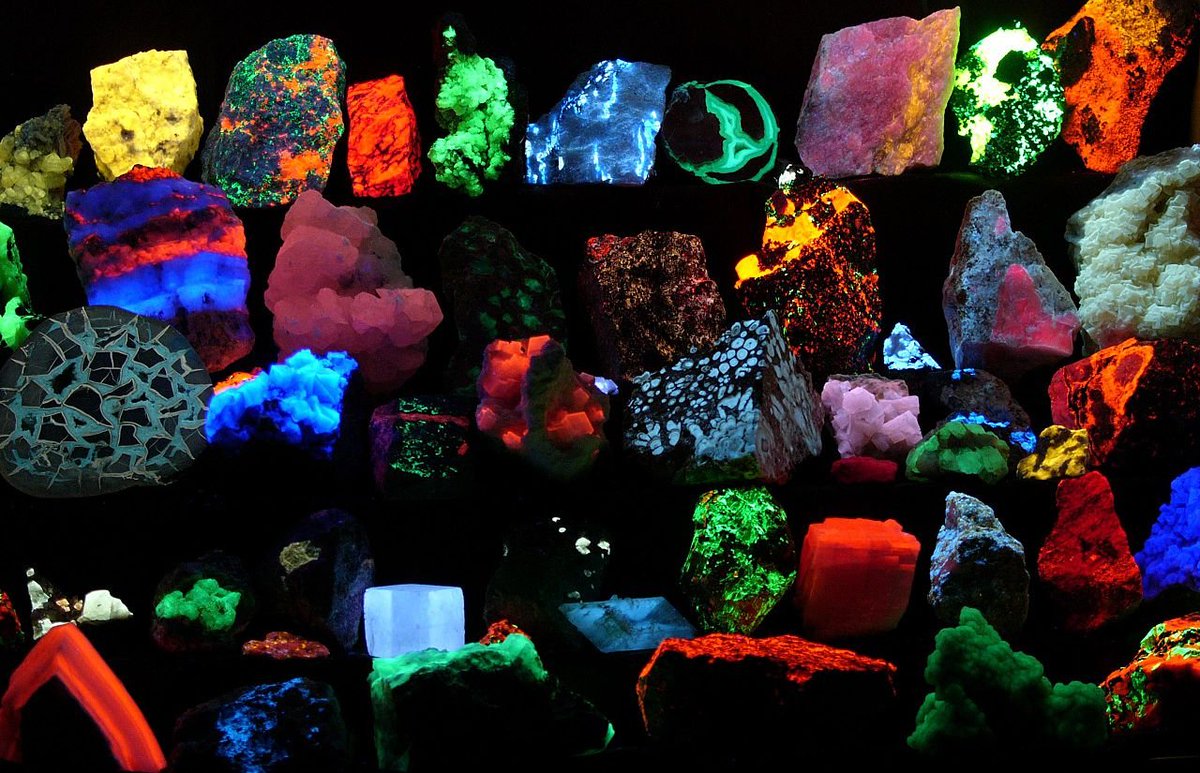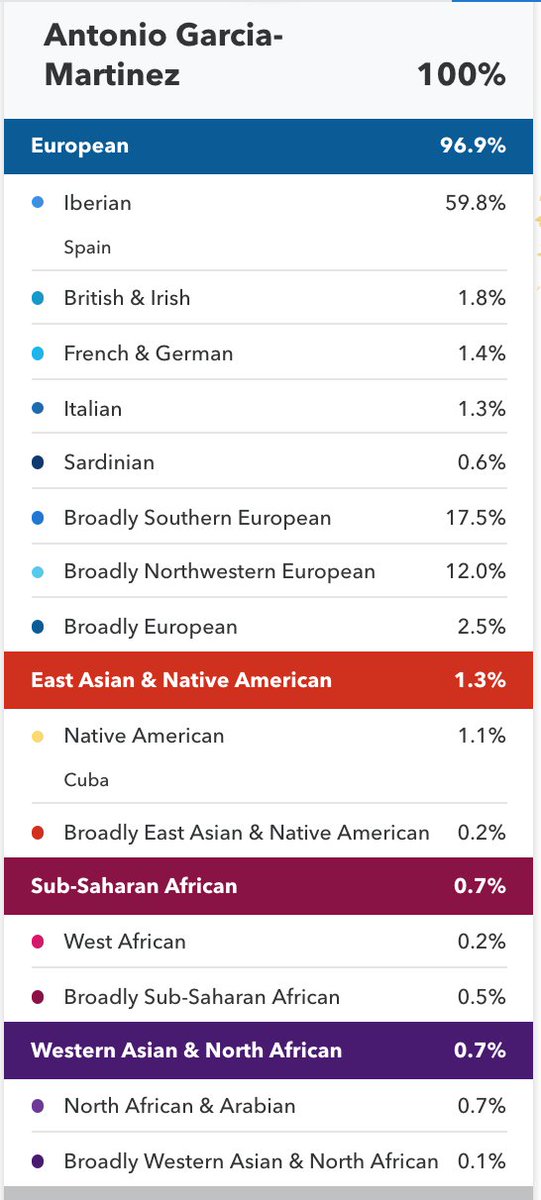Nope. Still alive, he's 89, and was apparently still writing as of 2 years ago.
Something that I didn't realize but hurt my brain to learn:
John Norman (aka John Frederick Lange Jr.), of the Gor series of sci-fi/BDSM novels, is still alive.
He released two books (one of them a Gor book, #35), in 2019.

Nope. Still alive, he's 89, and was apparently still writing as of 2 years ago.
Gor is bad sci-fi and bad BDSM, and you should skip it for either reason.
I mean, it is that too, but it's also bad the sense of not just being very BDSMy
IT'S SHITTY AT DOING IT
so if you want scifi, there are better books (hell, if you want 60s pulp sci-fi, there are better books)
and if you want BDSM erotica, there are better books
More from foone
Everyone likes to forget this episode just because it's terrible, but we were really sleeping on inherent comedy in a unfreezing an investor 300 years in the future and having them discover we've transitioned to a moneyless post-scarcity utopia.
it's like a classic twilight zone episode.
in fact, it IS a twilight zone episode.
The Rip Van Winkle Caper, Season 2, episode 24.
Four criminals steal a million dollars of gold bars, then put themselves in suspended animation for a hundred years to hide from the law.
they wake up, then start killing each other from mistrust, then the last one dies in the desert, as he offers a gold bar to the driver of a passing car, asking for water and a ride into town
the confused driver walks back to his car with the bar, and his wife asks what the gold bar is.
he says something like "It's gold... they used to use this for money, before we figured out a way to manufacture it."
He tosses it away, and drives off.
— Star Trek Minus Context (@NoContextTrek) January 28, 2021
it's like a classic twilight zone episode.
in fact, it IS a twilight zone episode.
The Rip Van Winkle Caper, Season 2, episode 24.
Four criminals steal a million dollars of gold bars, then put themselves in suspended animation for a hundred years to hide from the law.
they wake up, then start killing each other from mistrust, then the last one dies in the desert, as he offers a gold bar to the driver of a passing car, asking for water and a ride into town
the confused driver walks back to his car with the bar, and his wife asks what the gold bar is.
he says something like "It's gold... they used to use this for money, before we figured out a way to manufacture it."
He tosses it away, and drives off.




























